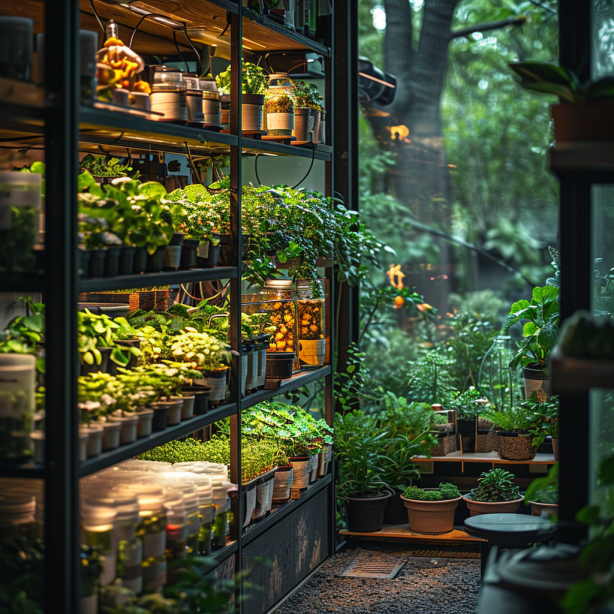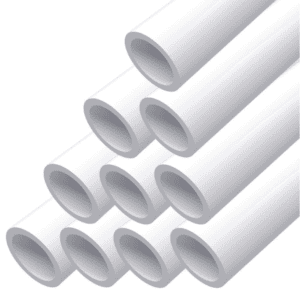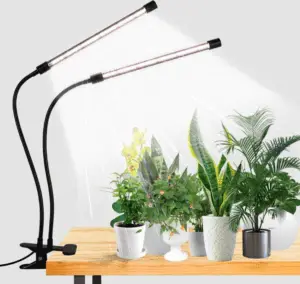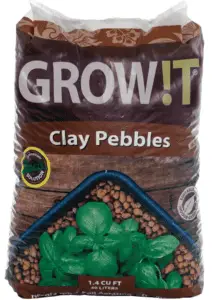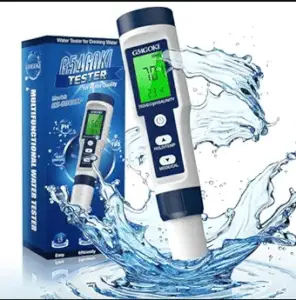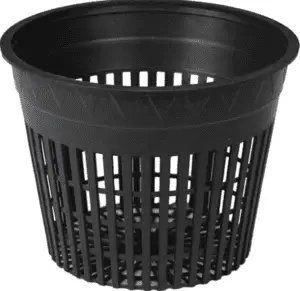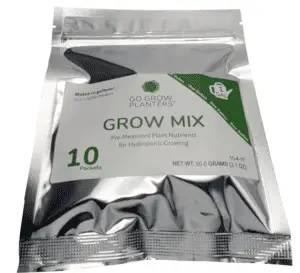Want to grow robust, healthy plants without soil? Try building your own indoor hydroponic garden using do-it-yourself designs and techniques.
According to hydroponics expert Dr. Howard Resh, “Hydroponic gardening allows hobbyists and urban farmers to efficiently grow produce and herbs indoors…
… by delivering nutrient solutions directly to plant roots.”
Intrigued? Read on to discover key considerations for constructing a DIY hydroponic system right in your home.
You’ll learn insider tips on choosing equipment, assembling components, selecting suitable plants…
… and optimizing conditions for vigorous growth and high yields.
Equip yourself with the knowledge to nurture your plants to success!
KEY TAKEAWAY
Indoor hydroponic garden DIY, what to know?
Indoor hydroponic garden DIY is a rewarding and sustainable method of cultivating plants without soil, offering the joy of growing fresh produce right in the comfort of your home.
Getting Started: Essential Tools and Materials for DIY Hydroponics
Hydroponic gardening allows you to grow plants without soil by delivering nutrients directly to the roots using a water-based solution.
While you can purchase pre-made hydroponic systems, building your own DIY hydroponic system (1)…
… can be cost-effective, customizable, and rewarding.
To build a simple DIY hydroponic system, you’ll need the following essential tools and materials:
- Drill with various drill bits for cutting holes and fastening components
- Saw (jigsaw or hacksaw) for cutting PVC pipes and lumber
- PVC pipes, end caps, elbow joints, and T-joints for assembling the main structure
- Grow lights like LED or fluorescent lights to provide full-spectrum light
- An air pump and tubing for delivering oxygen to the nutrient solution
- A growing medium like clay pebbles, perlite, or coconut coir to support plants
- A reservoir or tub to hold the nutrient solution
- pH and EC meters to monitor water conditions
- Net pots or cups to hold plants in the system
- Hydroponic nutrients to feed plants like FloraSeries or General Hydroponics
Quality components are key – don’t skimp on items like the grow light, air pump, and pH meter as these directly impact your plants’ growth.
Also, choose food-grade or UV-protected PVC pipes approved for potable water to avoid leaching.
Step-by-Step Guide: Building a DIY Hydroponic System
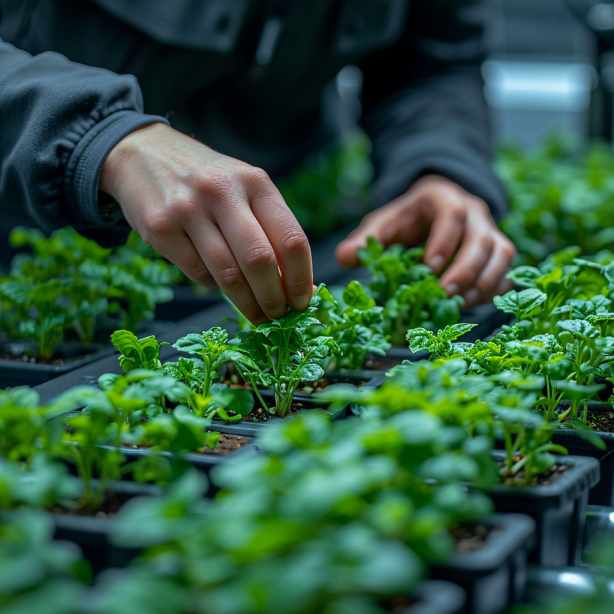
Drilling Holes for Connections
Use the proper drill bit size to drill holes in the PVC pipes and end caps.
This allows you to connect pieces and run tubing. Avoid cracks by drilling slowly.
Creating Plant Net Cups
Cut net pot cups to fit snugly in the PVC pipe openings. Fill cups 25% with growing medium like clay pebbles to support plants.
Sealing the End Caps
Dry fit pieces first before permanently sealing end caps. Apply PVC cement evenly in pipe joints. Twisting secures the seal.
Assembling the System
Connect all PVC pipes, elbows, and T-joints with cement according to your design plans.
Insert net cups into openings.
Add reservoir, pump, tubing, and grow light.
Troubleshooting Common Issues
Cloudy water – Too many nutrients or unsafe water. Do a reservoir change.
Slow growth – Low nutrients or insufficient light. Adjust accordingly.
Root rot – Poor oxygenation. Check air pump is running properly.
Algae growth – Too much light. Reduce lighting schedule.
Building your own DIY hydroponic system takes effort but yields an efficient, customizable setup.
Follow instructions closely and don’t skip steps.
Soon you’ll have a productive hydroponic garden! Let me know if you have any other questions.
DIY Hydroponic Systems Demystified
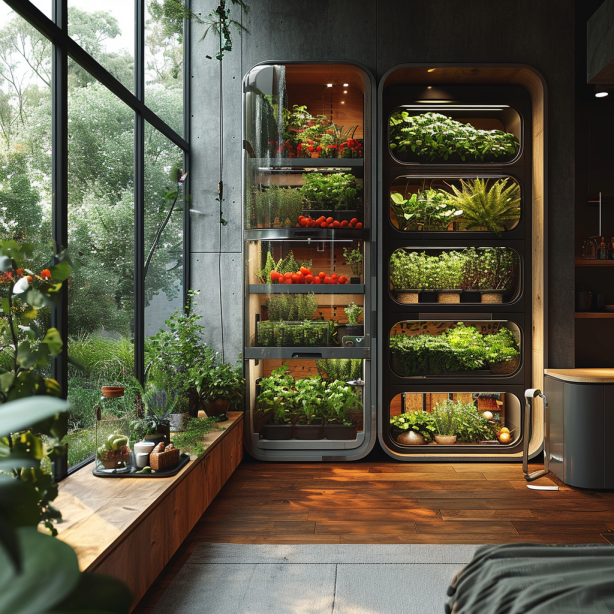
Hydroponic systems allow growing plants without soil by delivering nutrient solutions directly to the roots.
The three main types of DIY hydroponic systems each have their own pros and cons:
Deep Water Culture (DWC)
DWC systems (2) use a reservoir of nutrient solution with plants suspended above in net pots.
Air pumps oxygenate the solution.
Pros: Simple, inexpensive, great for beginners. Excellent oxygenation promotes fast growth.
Cons: Requires close monitoring of water conditions. Not ideal for vining plants.
Nutrient Film Technique (NFT)
NFT systems flow a thin film of nutrient solution through channels, with net pots holding plants along the path.
Pros: Maximizes oxygen to roots. Takes up less space than DWC.
Cons: Nutrient solution can’t stagnate or roots dry out. Needs perfect slope and flow.
Aeroponic Systems
Plant roots are misted with nutrient solution in air environment. No growing medium needed.
Pros: Very oxygenated. Grows plants quickly. Uses less nutrients.
Cons: Complex setup. Higher chance of system failure. Root drying out causes damage.
Nutrients and Best Practices for Hydroponic Success
Hydroponic nutrients provide mineral elements plants need, unlike soil.
Use specialized formulas, and follow mixing instructions carefully.
Test and adjust pH and EC levels often.
Choose fast-growing, small to medium sized plants suited to limited root zones like lettuces, herbs, tomatoes, peppers, and strawberries.
Avoid vining plants.
Keep grow lights close to plants for robust growth.
Check for root rot and algae growth in reservoirs. Growing hydroponically takes attention, but yields abundant fresh produce!
Tips and Tricks for Optimal Growth in DIY Hydroponics
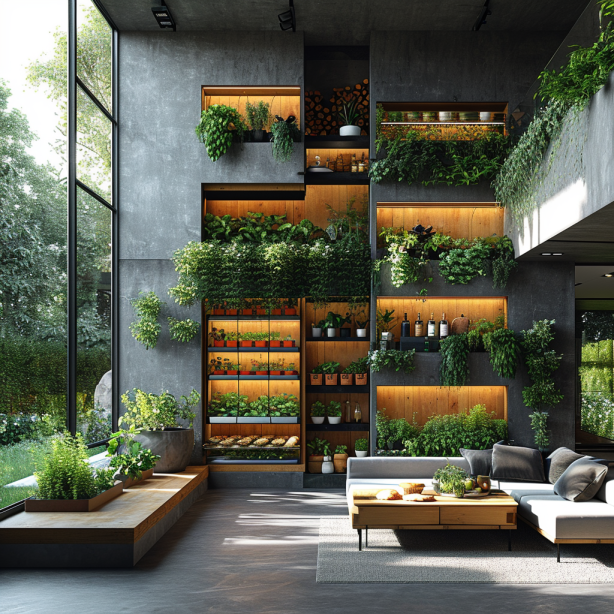
Getting optimal plant growth from your DIY hydroponic system requires close monitoring and a few key strategies:
Supplemental Lighting Tips
- Use full spectrum LED grow lights to provide the intensity plants need.
- Keep lights 12-18 inches above plants and run 14-16 hours/day for leafy greens.
- Invest in high quality lights with adequate wattage for your setup. This affects results.
Managing Water Changes
- Completely replace nutrient solutions weekly to prevent salt buildups.
- Test and adjust pH to 5.5-6.5 and EC to 1.2-2.0 mS/cm for most plants.
- Use distilled or reverse osmosis water to prevent mineral deposits.
- Add H2O2 occasionally to reservoir to prevent root rot.
Upgrades for Improved Efficiency
- Use expanded clay pellets or perlite instead of rockwool for better oxygenation.
- Install drip emitters or top feed sprinklers for large systems.
- Use white or mylar sheeting to maximize reflectivity and light exposure.
- Add spacers in PVC pipes allowing more vertical space between plants.
With attentive care and strategic upgrades, your DIY hydroponic system can boost yields and grow healthier, more robust plants.
Frequently Asked Questions
How do I get started building a diy hydroponics system?
Some good options for simple homemade hydroponic systems include…
… using plastic bottles, gallon buckets, or other containers.
You will need a water reservoir, a water pump, tubing, and some growing media…
… like clay pellets or expanded clay for the roots of the plants to grow in.
Make sure to use nutrient film technique or deep water culture for most types of plants.
Refer to guides online for instructions on building small space systems like vertical hydroponics or home hydro systems using the nutrient film method.
What types of hydroponic systems are best for growing leafy greens and fresh herbs?
Two popular types of hydroponic systems suitable for…
… growing leafy greens and fresh herbs in a small indoor space are the nutrient film technique (NFT) system or a water culture hydroponic system.
NFT systems utilize a continuous flow of nutrient solution across the roots of plants supported above a gently sloped tray.
Water culture works by suspending the plant’s roots in a water and nutrient solution inside a container.
Both allow for high production in a compact area.
How do I know what nutrients to use for a hydroponic garden?
Most commercial hydroponic nutrient formulations contain…
… the essential macronutrients (nitrogen, phosphorus, potassium) and micronutrients that hydroponic plants require to thrive.
Look for a complete general hydroponic nutrient or one tailored for vegetables.
Always follow the nutrient schedule on the label or instructions and make sure to use the proper concentration.
You can supplement with cal-mag and pH up/down as needed based on your water tests.
Plain tap water is suitable for many systems when treated and balanced correctly.
What grows best with the kratky method of hydroponics?
The kratky method is a passive hydroponic growing technique that works well for herbs, leafy greens, tomatoes, peppers and other short-term crops.
It uses an inert medium like expanded clay in a container partially filled with nutrient solution.
As the roots use up the water and nutrients, more are absorbed from the reservoir below.
Kratky is low maintenance but works best for shallow-rooted plants and in warm temperatures with adequate sunlight.
How can I build a vertical hydroponic system using homemade hydroponics?
A space-saving vertical hydroponic system can be built using PVC pipes, end caps, tubing and reusable plastic bottles or other containers.
Cut holes in the bottles for planting and run tubing vertically up the pipes to circulate water and nutrients from the reservoir below using a small water pump.
The nutrient film technique works well with vertical systems by having nutrient solution continuously move over the roots exposed through the holes.
LED grow lights can help supplement sunlight indoors.
What are some options for a DIY water culture hydroponic system with a small water reservoir?
One simple homemade water culture hydroponic system uses gallon buckets or other plastic containers.
Cut drainage holes near the bottom and line with mesh or cloth for planting.
Suspend the buckets above a shallow reservoir holding a few inches of water and hydroponic nutrients.
An air pump with air stones can oxygenate the reservoir.
Use the reservoir as a refill station by coupling it with a small submersible water pump.
This allows for a small, compact system.
How do fresh herbs like basil grow in a horizontal DWC hydroponics system?
A horizontal deep water culture (DWC) system provides sufficient nutrients and oxygen…
… to the roots of plants like basil through a constant circulation of water and air from an air pump.
The DWC system utilizes net pots full of an inert medium sitting in a watertight container filled with water and nutrients.
Air stones below provide oxygen to the root zone.
As the plant’s roots grow through the net pot holes and down…
… into the nutrient solution, they uptake what they need for healthy vertical growth above the surface.
Supplemental lighting helps the herbs thrive indoors.
What is the best lighting for an indoor hydroponic garden?
LED grow lights are a top choice for indoor hydroponic gardening because…
… they use less energy than other lighting types but still provide the proper full-spectrum light plants require.
Look for LED lights labeled for use in plant cultivation, as they will emit optimized wavelengths for photosynthesis.
Lights can be fixture mounted above or hung vertically surrounding plants for all-around coverage.
For a small home system, a single LED strip light or small standalone light may work well suspended above plants on a shelf or wall.
Supplement with natural sunlight when possible.
Conclusion
Constructing your own indoor hydroponic garden using DIY methods allows you to inexpensively and creatively grow robust produce and herbs at home.
By following key steps like sourcing quality materials, calculating proper lighting, monitoring and…
… adjusting water chemistry, and preventing issues like root rot, you can nurture happy, thriving plants.
Hydroponic gardening takes attentive care and consistent maintenance, but the rewards are well worth it.
Homegrown greens and herbs bring ultra-fresh flavor to meals.
Watching seedlings flourish invigorates the spirit.
Sharing juicy tomato harvests with family and friends forges connections.
This guide provided fundamental knowledge and expert tips to plan and build a customized hydroponic system.
Whether starting small or expanding over time, embrace the journey and let your DIY hydroponic garden become an enriching, nourishing part of everyday life.
If you have any other questions as you start growing, please leave them in the comments below!
References
- https://www.thespruce.com/diy-hydroponic-systems-5093454
- https://www.epicgardening.com/deep-water-culture-get-started/
Related Articles
- https://tophydroponicgarden.com/diy-hydroponic-kits/
- https://tophydroponicgarden.com/hydroponics-for-beginners/
- https://tophydroponicgarden.com/how-to-build-your-own-hydroponic-kit/
Was this helpful?

I’m Barrie L., a passionate hydroponic gardening enthusiast dedicated to cultivating thriving, soil-less gardens. With a focus on all things hydroponic, I share my expertise on innovative growing techniques and sustainable practices through my blog, tophydroponicgarden.com. As a seasoned hydroponics specialist, my goal is to inspire and guide fellow gardeners in harnessing the power of water-based cultivation for bountiful and eco-friendly harvests. I’m also an author of the book “Hydroponics For Absolute Beginners: Your Step By Step Guide For How To Create An Hydroponics System At Home Without Soil, For Growing Vegetable, Fruit And Herbs.” which is sold on Amazon. Join me on a journey of redefining the way we cultivate plants, one nutrient-rich solution at a time. Happy growing!

